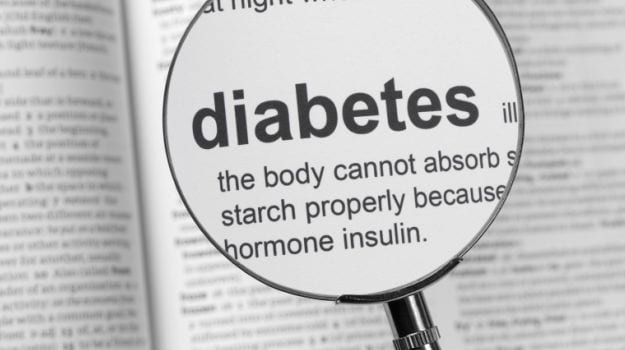A new device which is integrated into a smartphone can detect diabetes in a few seconds from the saliva sample of a person, say scientists. The device detects a biological indicator of a possible
risk of type II diabetes in saliva and can be used in low-income populations.What makes this development unique is that it is adaptable to cellphones and gives results in a few seconds, avoiding the annoying use of needles, they said. In other words, it is a cartridge adaptable to the mobile phone that will record whether a compound is present in saliva, which becomes visible if the patient has diabetes."It's as simple as pregnancy tests, where the specific marker shows in a few seconds," said project coordinator Dr Marco Antonio Rite Palomares, from Tec de Monterrey (Mexican University).
"We wanted a device which could identify a biomarker in a sample of saliva, and it had to emit fluorescent light so a cellphone camera could record it," said Palomares.The multidisciplinary team from Tec de Monterrey and University of Houston developed the micro device that can be integrated into a cellphone and where one can place a saliva sample showing the results through a software. Researchers considered using the camera phone to detect the marker in saliva, as the resolution is getting better each year.Afterwards they decided to make it visible through an enzymatic reaction where the biomarker is fluorescent or emits light identifiable from the rest of the compounds through a strategy that has been used in other areas of technology and is now applied to biology.
risk of type II diabetes in saliva and can be used in low-income populations.What makes this development unique is that it is adaptable to cellphones and gives results in a few seconds, avoiding the annoying use of needles, they said. In other words, it is a cartridge adaptable to the mobile phone that will record whether a compound is present in saliva, which becomes visible if the patient has diabetes."It's as simple as pregnancy tests, where the specific marker shows in a few seconds," said project coordinator Dr Marco Antonio Rite Palomares, from Tec de Monterrey (Mexican University).
"We wanted a device which could identify a biomarker in a sample of saliva, and it had to emit fluorescent light so a cellphone camera could record it," said Palomares.The multidisciplinary team from Tec de Monterrey and University of Houston developed the micro device that can be integrated into a cellphone and where one can place a saliva sample showing the results through a software. Researchers considered using the camera phone to detect the marker in saliva, as the resolution is getting better each year.Afterwards they decided to make it visible through an enzymatic reaction where the biomarker is fluorescent or emits light identifiable from the rest of the compounds through a strategy that has been used in other areas of technology and is now applied to biology.
Advertisement









